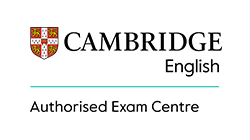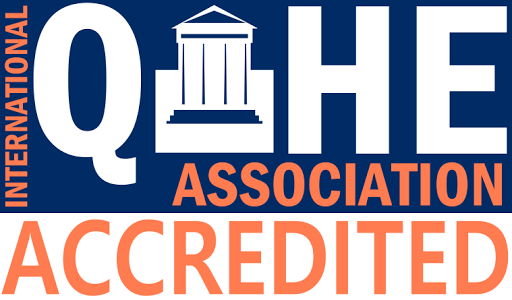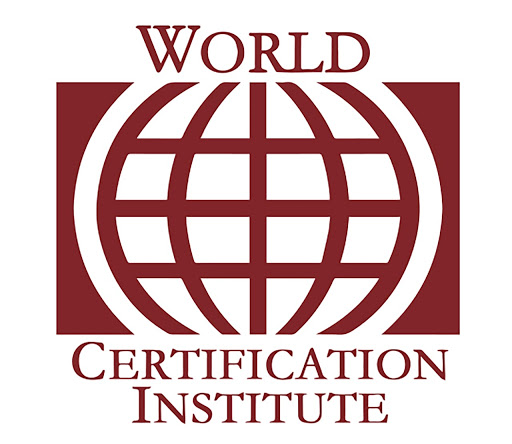A well-designed curriculum is the foundation of effective teaching and meaningful student learning. But in today’s education landscape, aligning your curriculum with established standards is not just best practice—it's essential. Whether you're designing lessons for early learners or secondary students, ensuring that your curriculum meets national, regional, or institutional standards helps guarantee that learning goals are met, assessments are aligned, and students are prepared for success. This blog explores how educators can understand the importance of educational management and ensure their curriculum meets standards, why alignment matters, and the practical steps you can take to design or refine curriculum content that is both compliant and engaging.
Why Standards Alignment Matters
Standards provide a clear framework of what students should know and be able to do at each grade level. They ensure consistency across classrooms, schools, and districts, helping to close achievement gaps and provide equitable learning opportunities. When a curriculum aligns with these standards:
- Teachers can plan instruction with clarity and focus.
- Students receive consistent, progressive learning experiences.
- Assessments reflect meaningful, measurable objectives.
- Administrators and stakeholders can monitor educational outcomes more effectively.
In short, standards alignment ensures that teaching is purposeful and student learning is on track.
How to Ensure Your Curriculum Aligns with Educational Standards
Here are a few effective strategies to align your curriculum with educational standards and enhance student learning outcomes:
1. Understand the Standards You’re Working With
Before designing or evaluating a curriculum, it's crucial to become deeply familiar with the relevant standards. These could include:
- National education standards
- State or regional curriculum frameworks
- Institutional or subject-specific benchmarks
Break down each standard to understand its specific expectations. Look at the progression of skills across grade levels and identify key performance indicators. This groundwork ensures that your curriculum development is informed and intentional.
2. Conduct a Curriculum Audit
A curriculum audit is a systematic review of your current curriculum to determine how well it aligns with standards. During this process:
- Map each unit or lesson to specific standards.
- Identify areas of overlap, gaps, or redundancy.
- Examine whether instructional materials and activities support standard objectives.
- Review assessment tools to ensure they measure intended outcomes.
This audit helps educators see where realignment is necessary and provides a roadmap for improvement.
3. Align Learning Objectives with Standards
Each lesson or unit should begin with clear learning objectives that directly reflect the standards. Use language from the standards to craft objectives that are:
- Specific: Clearly state what students will learn.
- Measurable: Ensure that learning can be observed or assessed.
- Achievable: Objectives should be developmentally appropriate.
For example, if a standard requires students to "analyze character development," your lesson objective might be: "Students will analyze how the protagonist’s decisions affect their development throughout the story."
4. Choose or Design Aligned Instructional Materials
Once your objectives are aligned, select instructional resources that support them. This includes:
- Textbooks and reading materials
- Multimedia and digital content
- Activities and projects
- Graphic organizers, worksheets, and scaffolding tools
Ensure that each resource contributes to the mastery of specific standards. Where gaps exist, consider creating custom materials tailored to your learners' needs.
5. Design Standards-Based Assessments
Assessments must directly measure the skills and knowledge outlined in your learning objectives and, by extension, the standards. Include a variety of assessment types:
- Formative assessments (quizzes, exit tickets, class discussions)
- Summative assessments (projects, tests, essays)
- Performance-based assessments (presentations, demonstrations)
Rubrics should be created with the standards in mind, clearly outlining criteria for success. This ensures transparency and consistency in grading.
6. Differentiate Instruction While Maintaining Alignment
Students learn at different paces and in different ways, so differentiation is essential. However, it’s important to maintain standards alignment even while adapting instruction. This can be done by:
- Offering varied entry points to the same learning objective
- Providing choice in how students demonstrate understanding
- Adjusting content delivery without altering the intended outcomes
For example, students may all analyze a historical event (aligned to a standard), but one student might write an essay while another creates a visual timeline.
7. Monitor and Reflect on Curriculum Effectiveness
The standards-aligned curriculum isn't a one-time task—it requires ongoing reflection and refinement. Consider the following:
- Are students meeting the learning objectives?
- Are assessments effectively measuring understanding?
- Are instructional strategies engaging and inclusive?
Use data from assessments, student feedback, and classroom observations to make informed adjustments. Collaborate with colleagues to share insights and resources.
8. Stay Updated with Changing Standards
Educational standards evolve to meet the needs of a changing world. Stay informed by:
- Attending professional development sessions
- Joining educator networks or online communities
- Reviewing updates from education departments or boards
Being proactive ensures that your curriculum remains current, relevant, and effective.
Aligning For Success
Ensuring that your curriculum meets standards isn’t just about compliance—it’s about quality education. When curriculum, instruction, and assessment all work together toward clear, shared goals, students benefit from meaningful and equitable learning experiences. Whether you’re an educator with a Post Graduate Diploma in Educational Management revising existing lessons or building a curriculum from scratch, following these steps will help you stay aligned, organized, and focused on student achievement.
We believe education should be accessible for everyone. That’s why we don’t charge for our blogs. Find the right course that will help you in your career with us, contact us at 91-6292150868. You can mail us at act@asiancollegeofteachers.com









